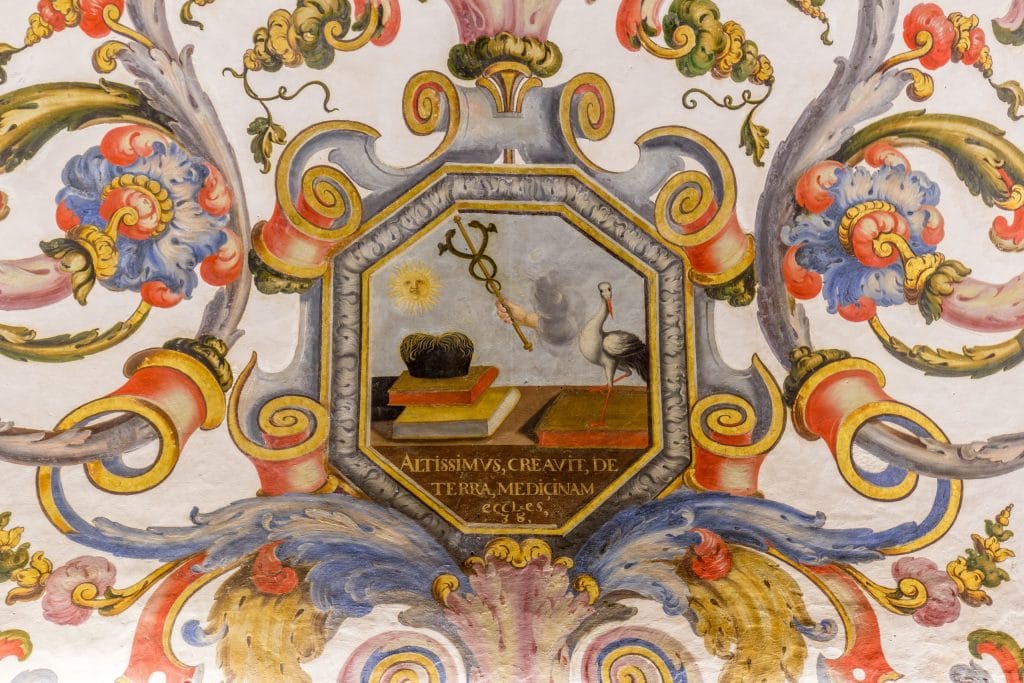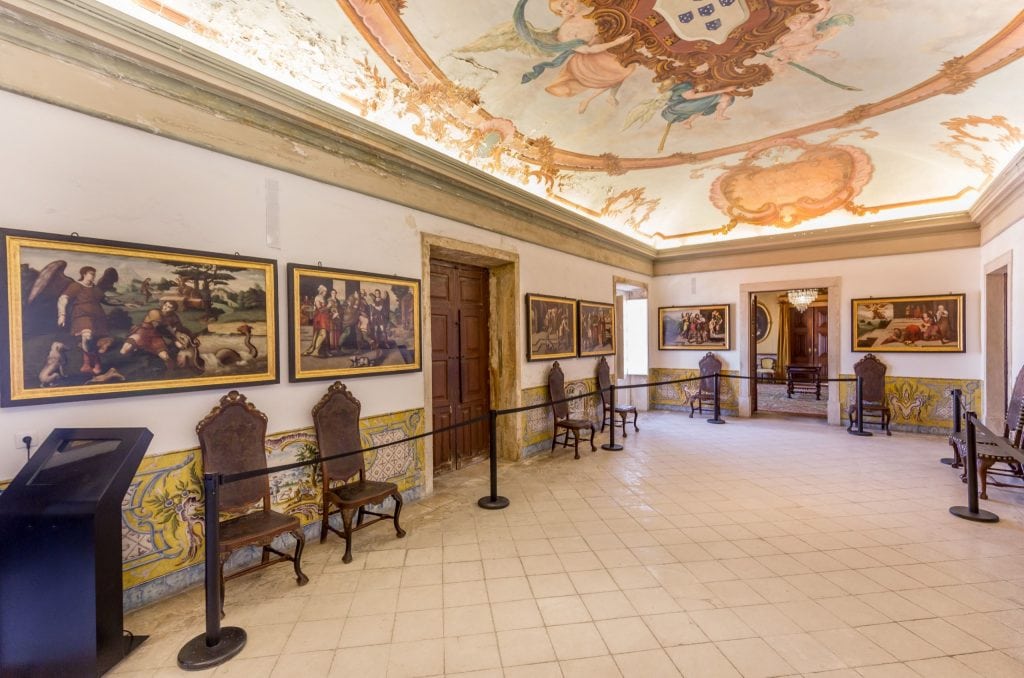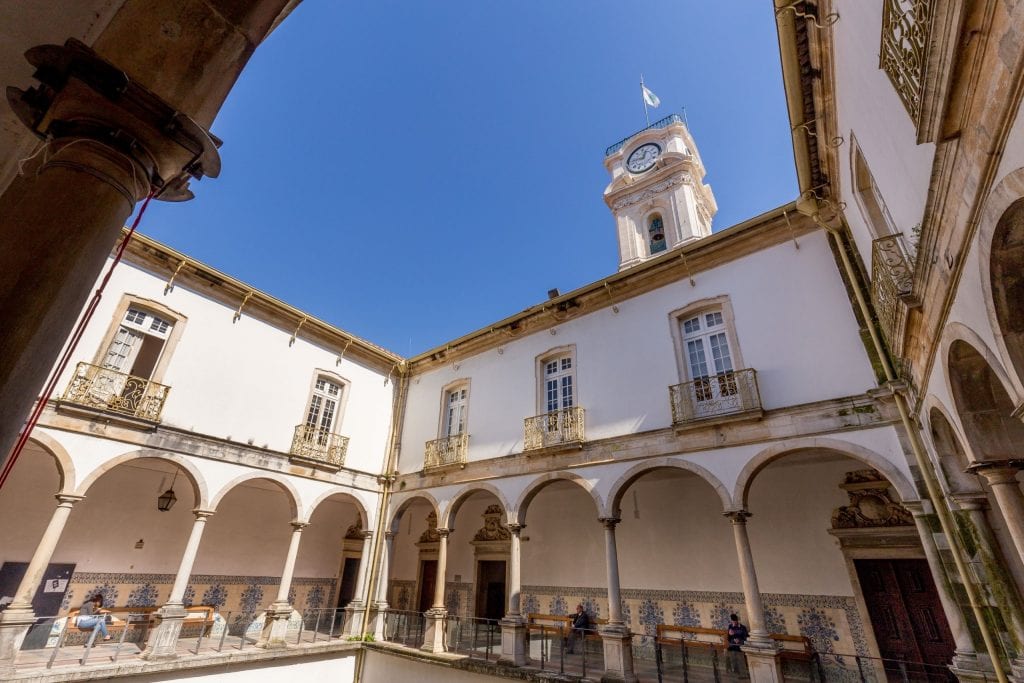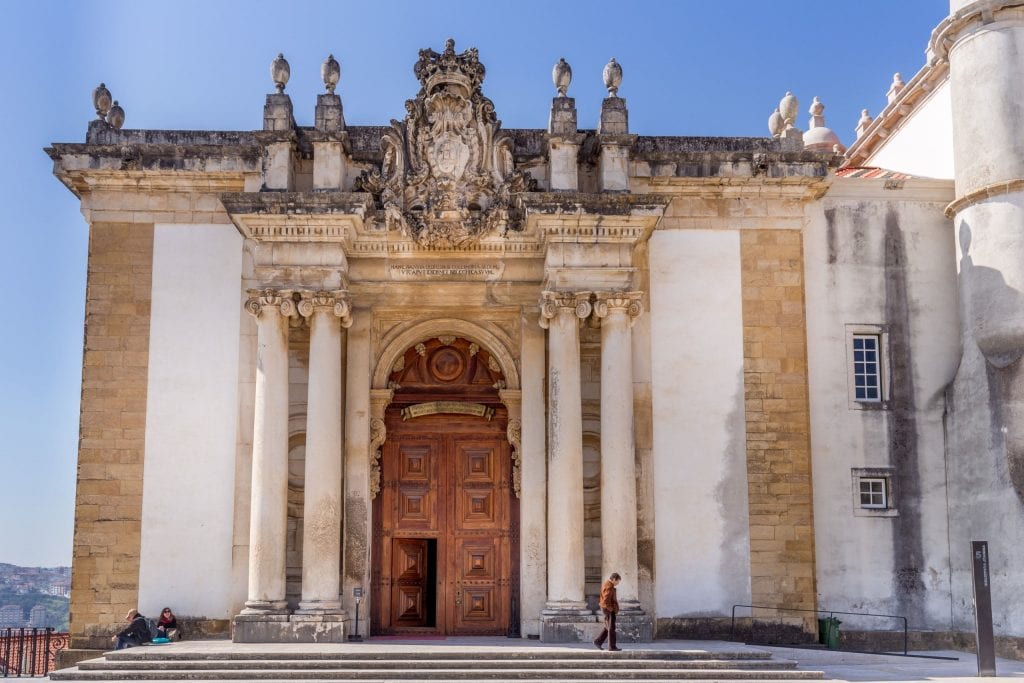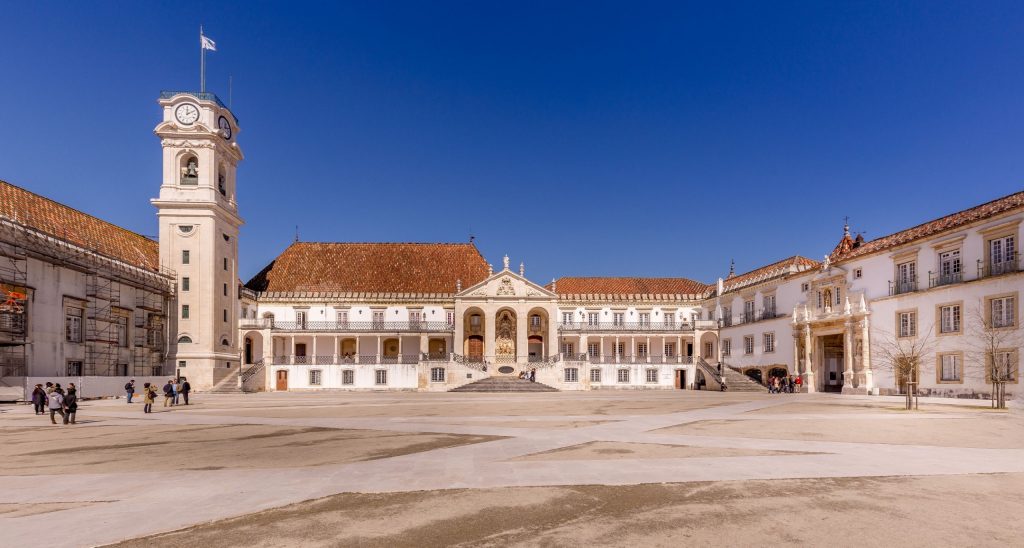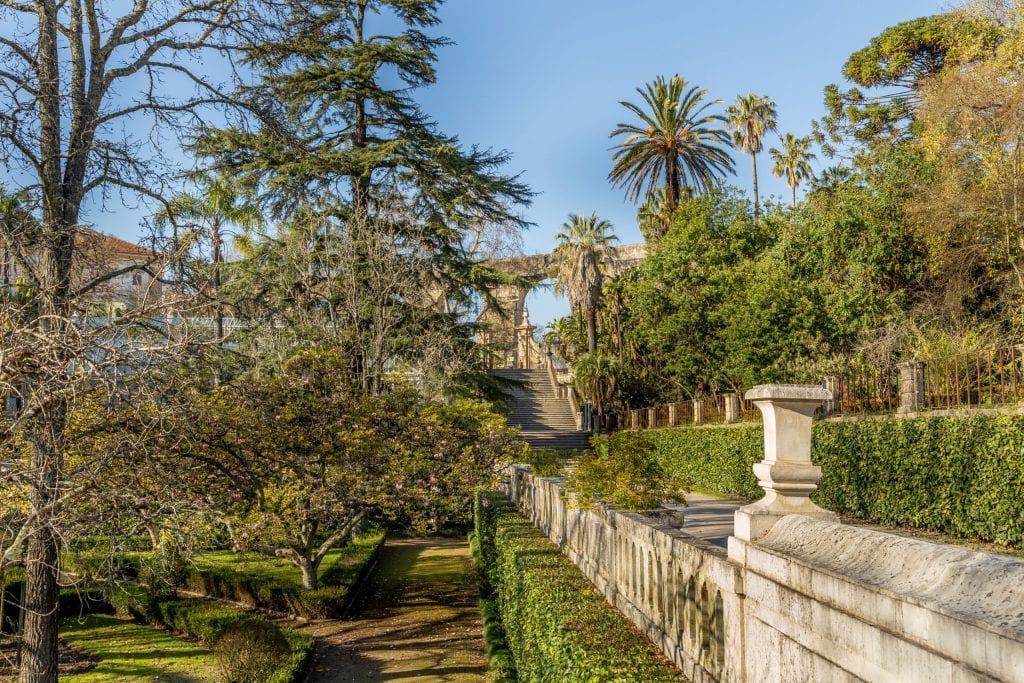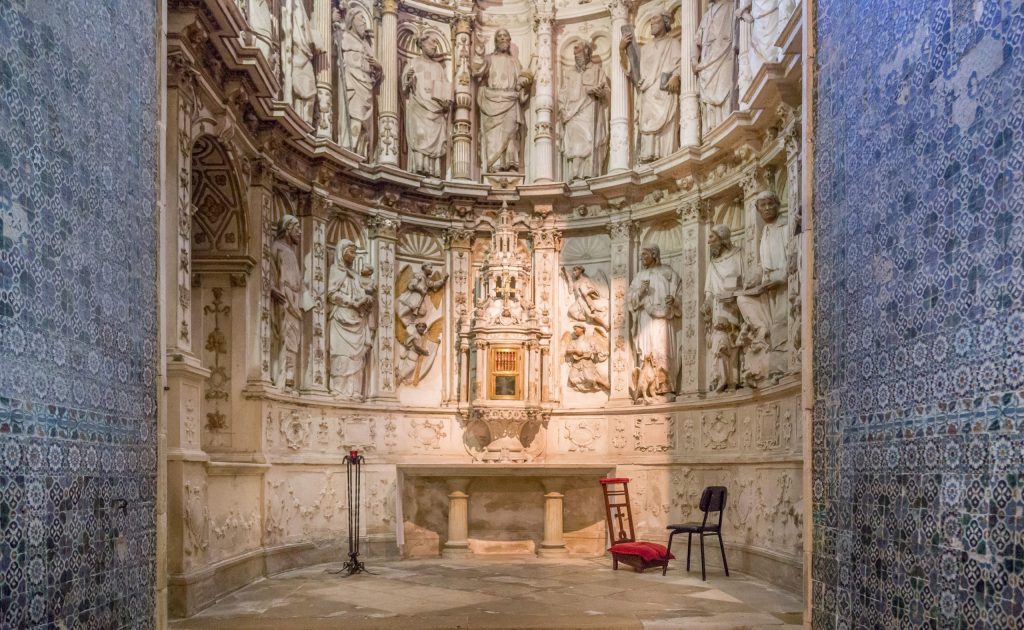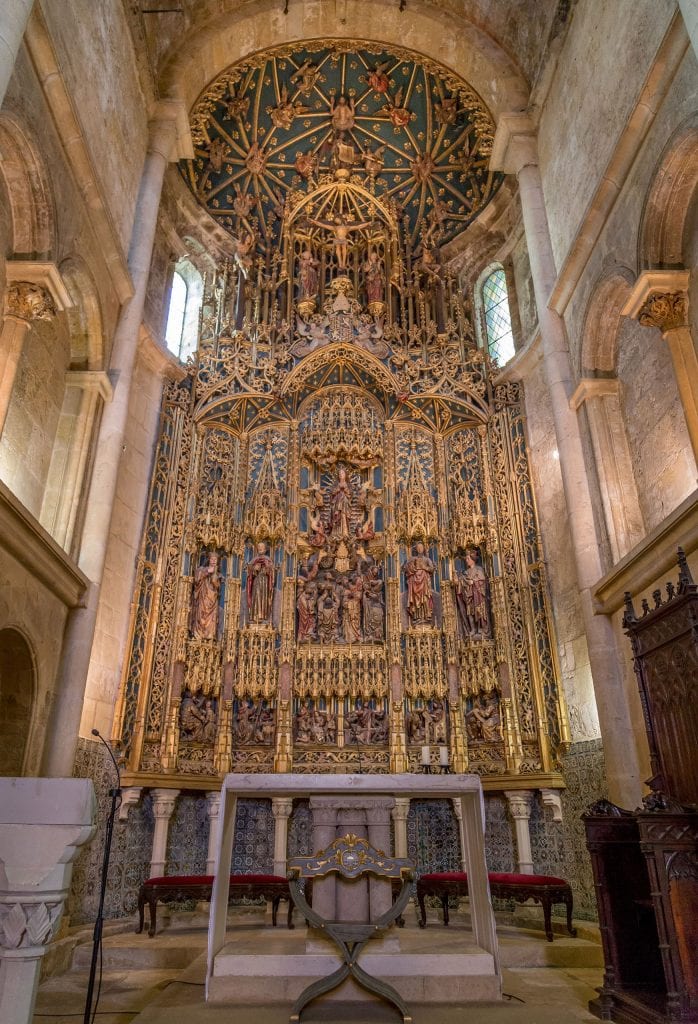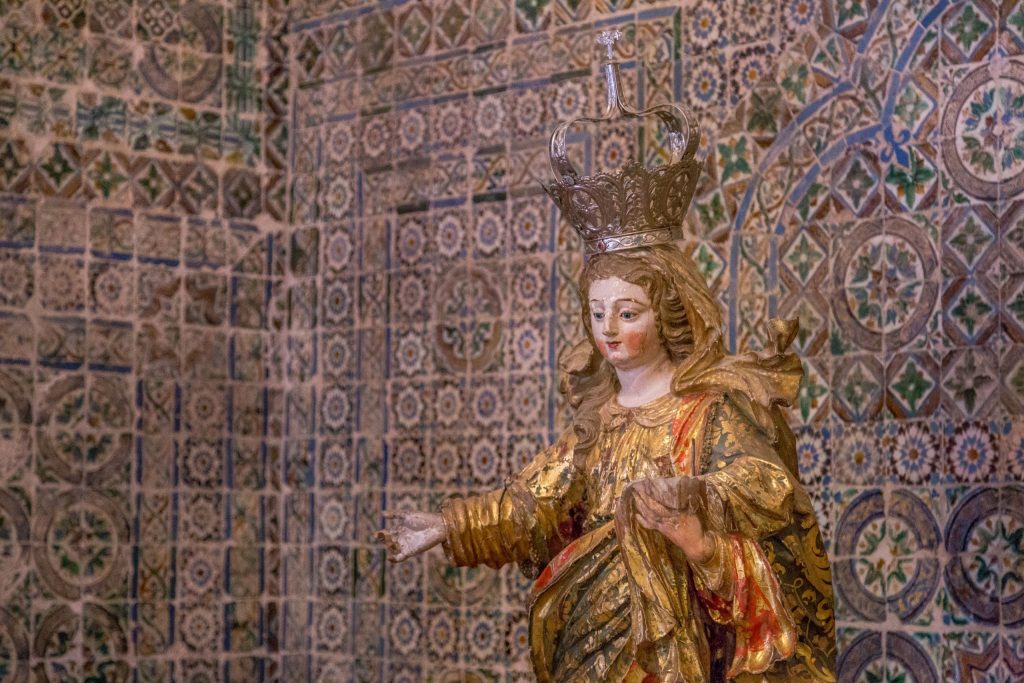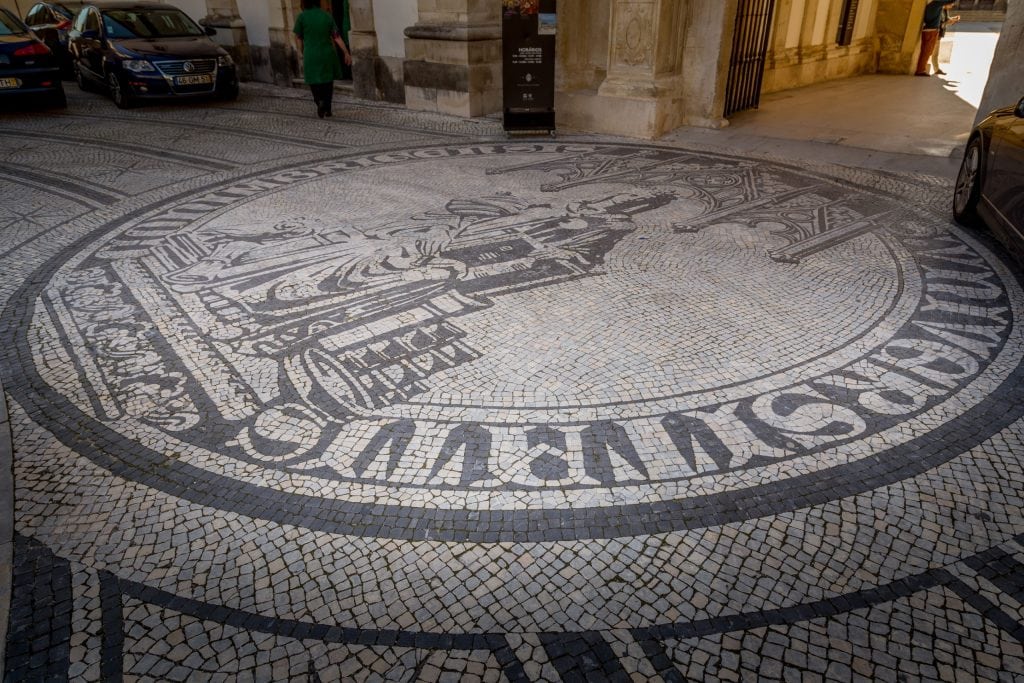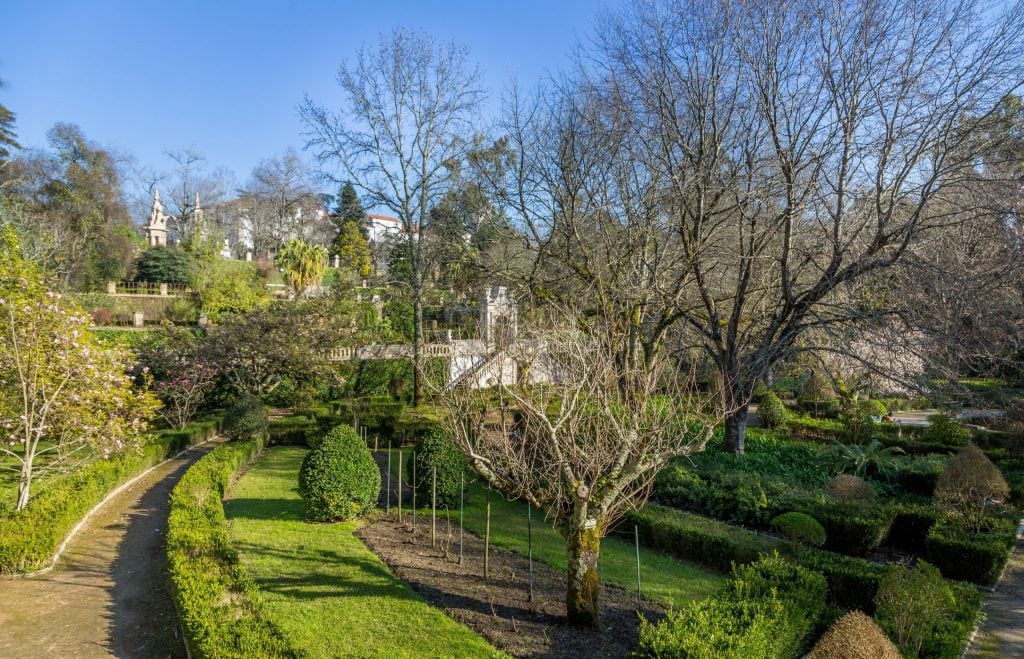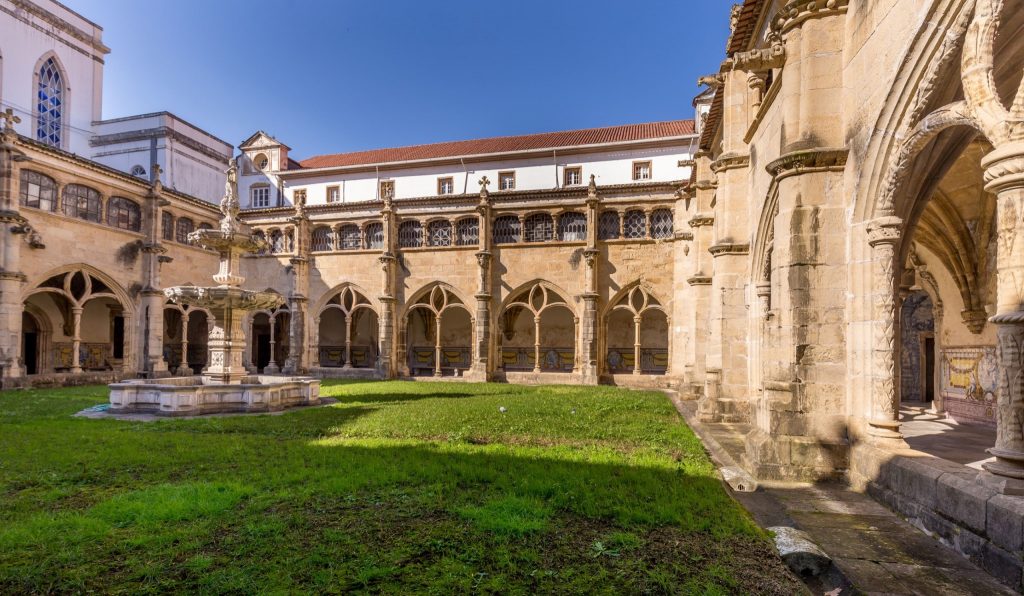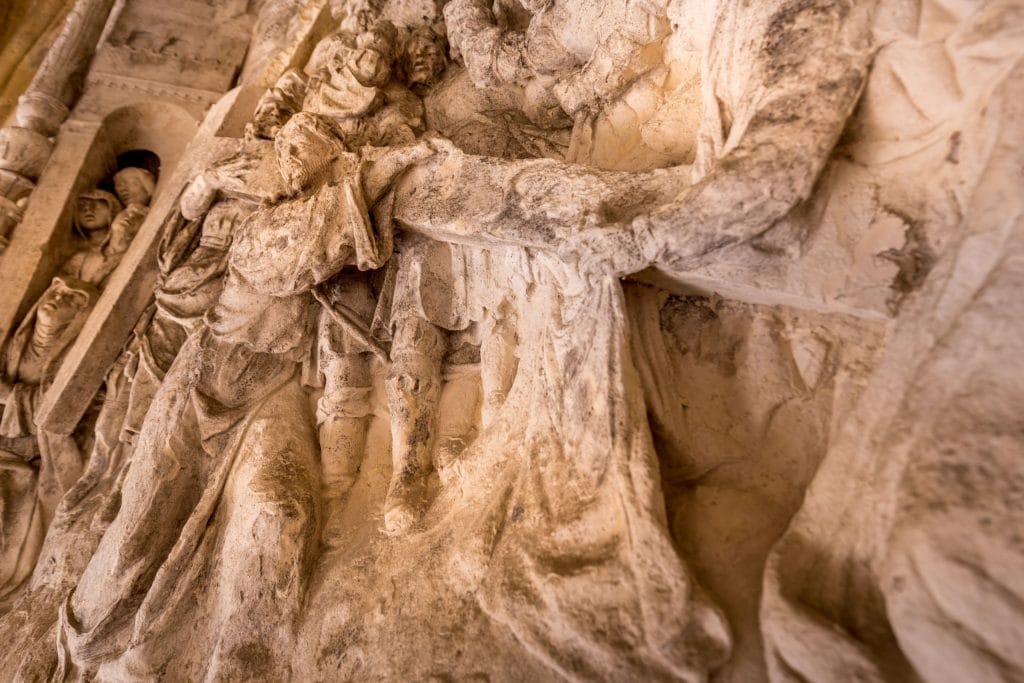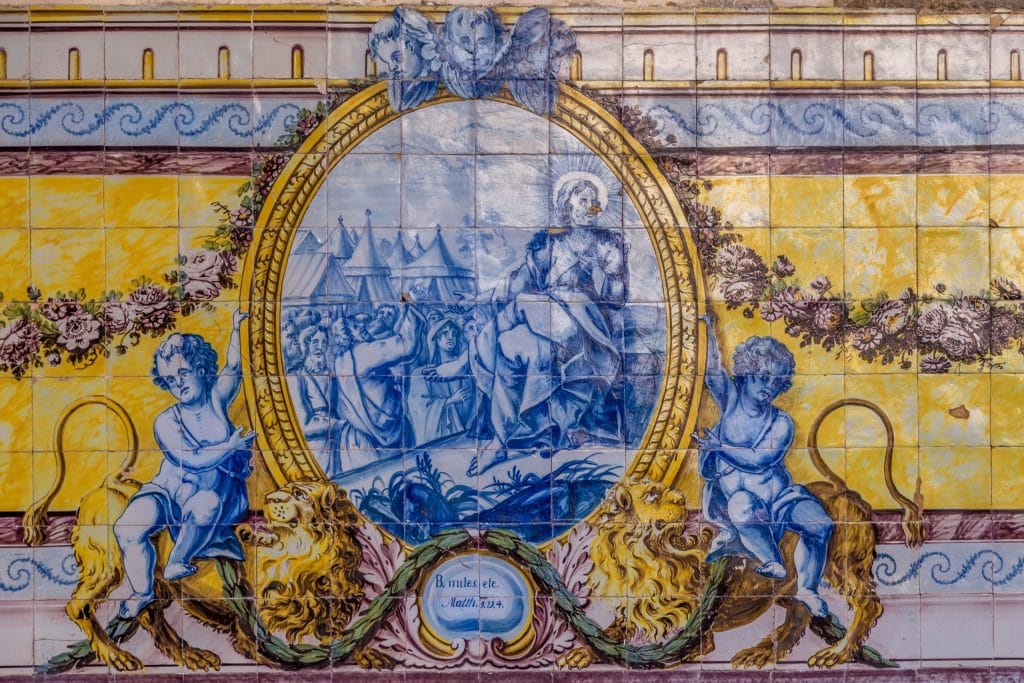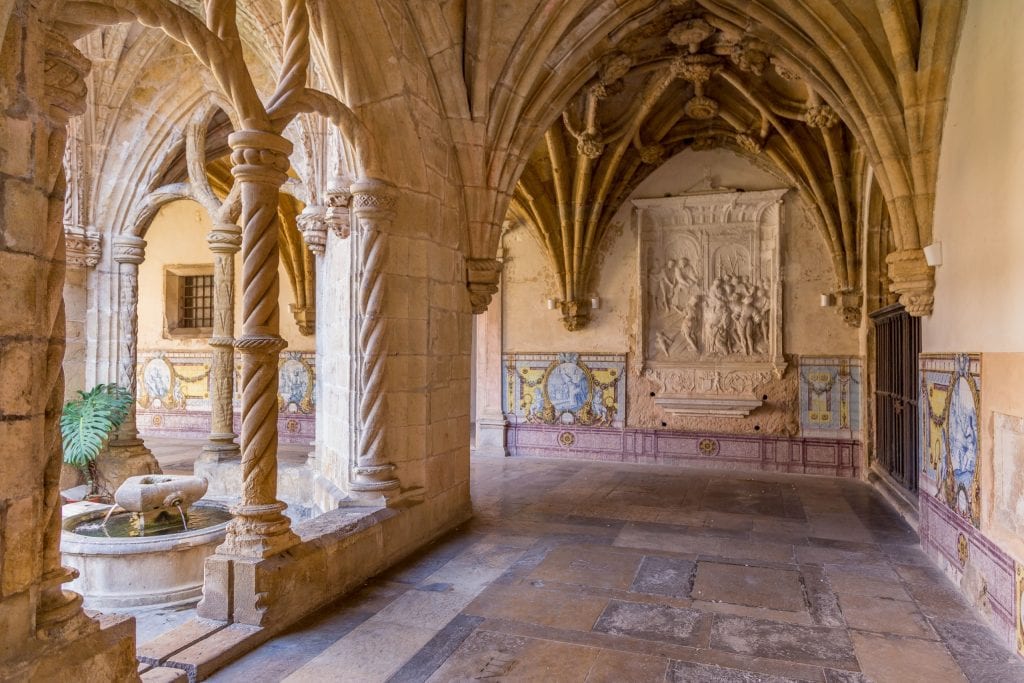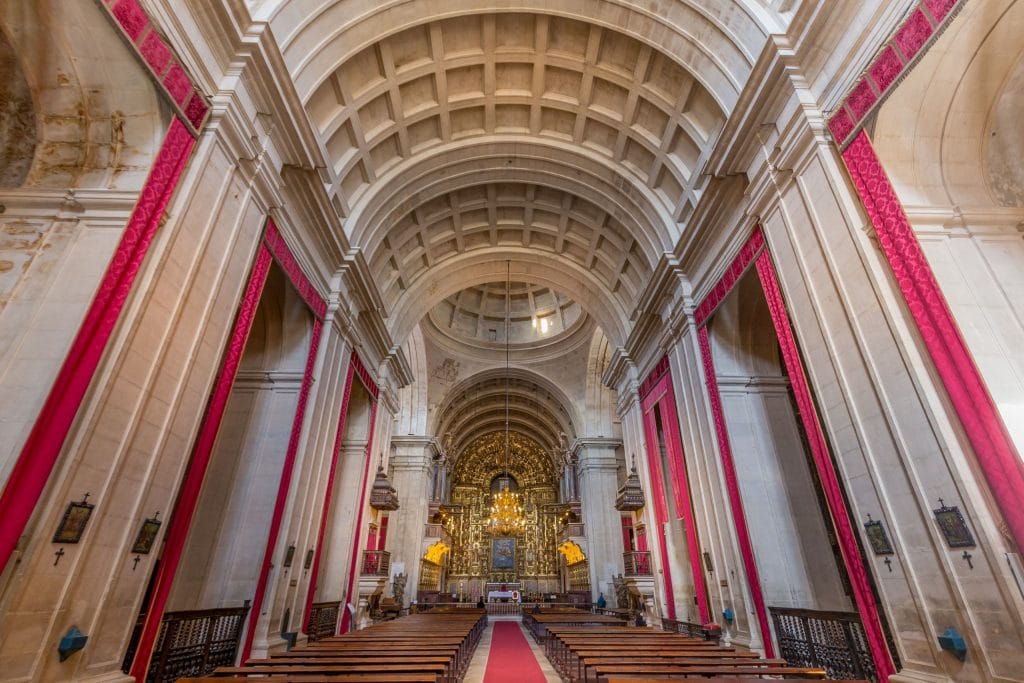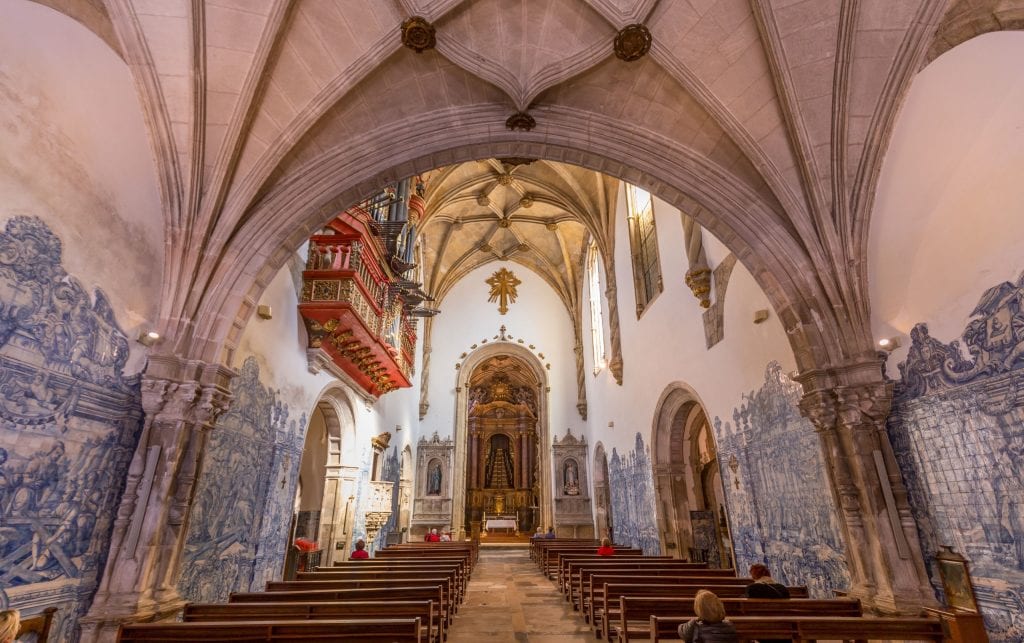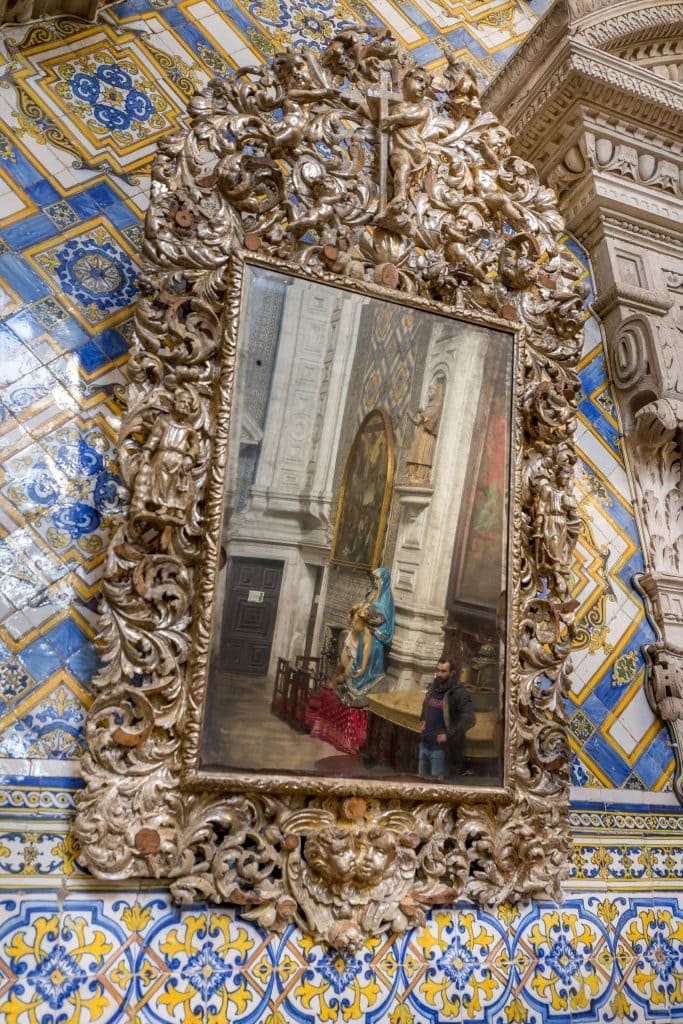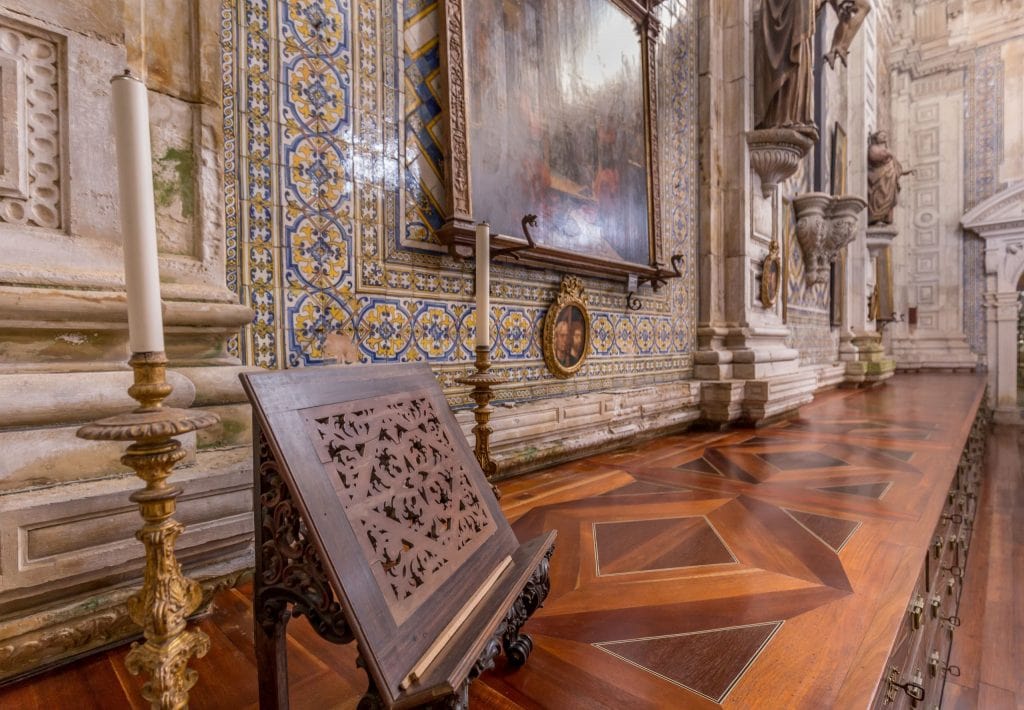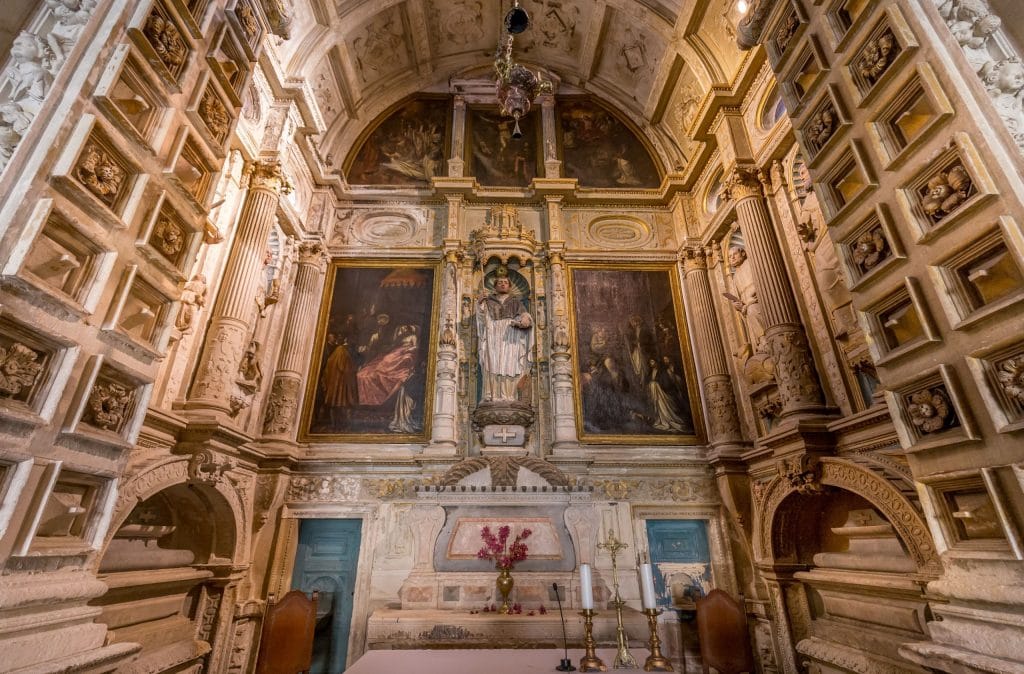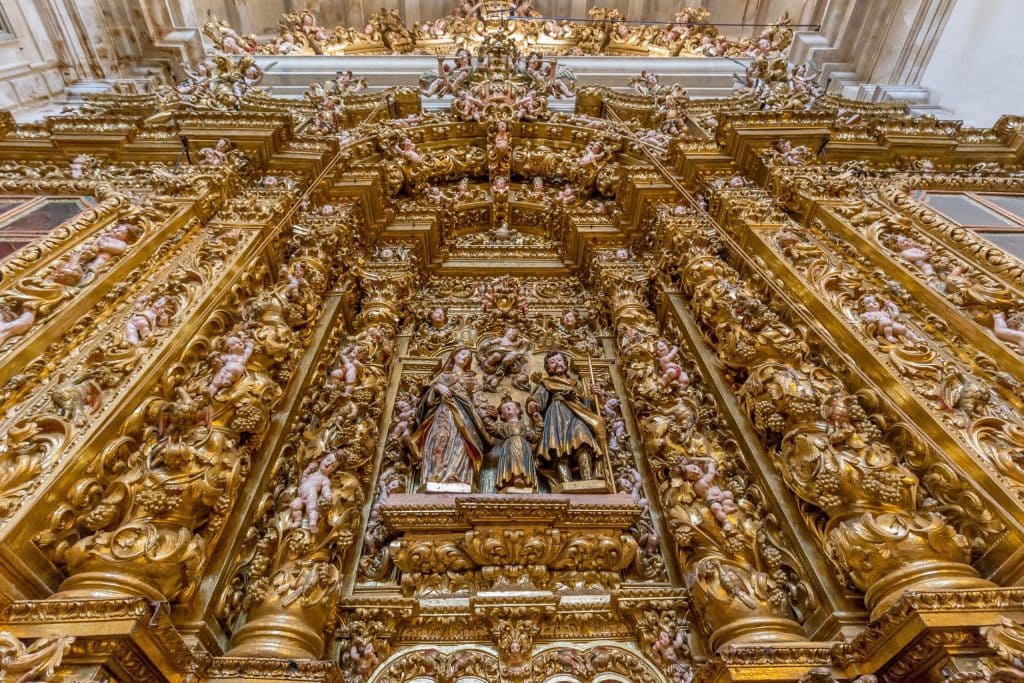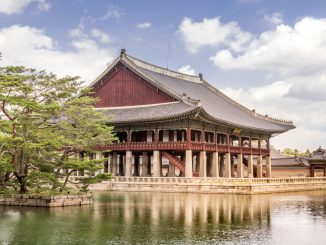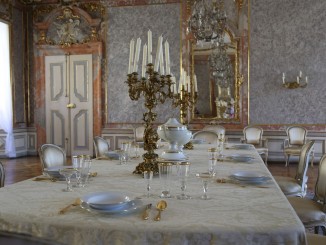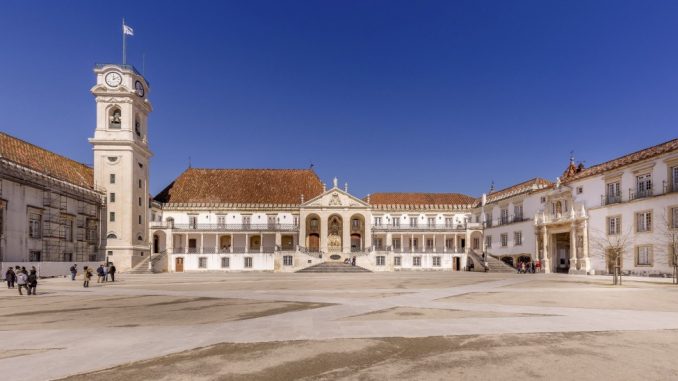
Table of Contents
Coimbra is a city in Portugal with centuries of history and therefore a must on any road trip itinerary through Portugal. It’s also possible to visit from either Lisbon or better even Porto as a day trip. I visited Coimbra and its university on the way from Porto to Lisbon. Most important for me was the old university as it’s a UNESCO World Heritage Site. My family was travelling with me this trip. Early morning I checked out of the Intercontinental Porto which was my base in Porto. When you arrive to Coimbra it’s easy to park in upper Coimbra which will be the most efficient. Enjoy old Coimbra with me and let me show you the most important places of interest.
Coimbra’s history in a nutshell
Coimbra is strategically located on a hill just next to the Mondego River. Coimbra started to thrive when it was taken over from the Celts by the Romans. One fine example of a Roman structure that remains is the aquaduct which you can see if you walk from the university grounds to the botanical gardens. During the late Roman time it was taken by the Visigoths who then later lost Coimbra to the Muslims. During the Middle Ages it fell into Christian hands. At that time the city was already divided in an upper and lower part. It’s from this time onwards that you can see original buildings.
PORTUGAL – Lisbon to Porto: The perfect Portugal itinerary for 7-10 days
Amongst the oldest buildings is the Old Cathedral from the early 12th century. Monasteries were built during the 14th and 17th century. The university for which Coimbra is known today was moved from Lisbon to Coimbra early 13th century. During the Age of Discovery Coimbra thrived with rapid development and important persons settled there. The university was extended with a library, church and a botanical garden and in the 20th century more buildings were added. Today you can admire all these accomplishments in the so-called city of students. These students also give the city a great atmosphere compared to cities without an university. At least, when I’m in an old traditional university city I always enjoy my time. A nice example in my home country the Netherlands is Utrecht, a beautiful university city.
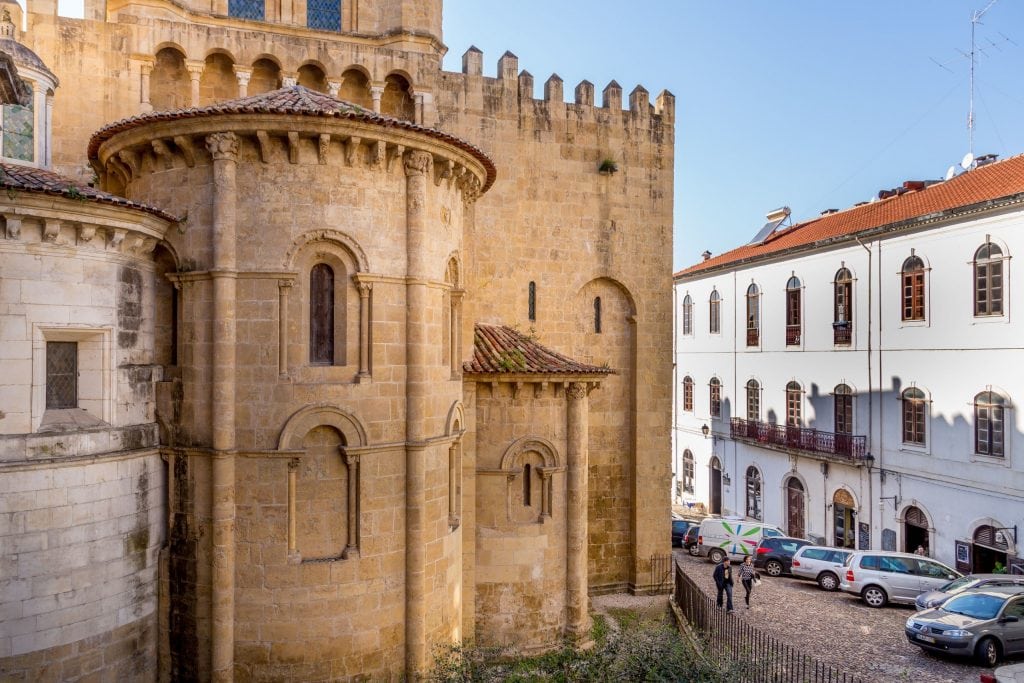
University of Coimbra
The University of Coimbra was, under a different name, founded in 1290 in Lisbon and moved around until in 1537 it stayed in Coimbra. The main buildings are located in the former Royal Palace of Alcáçova where the Joanina Library, St. Michaels Chapel and Grand Examination Room are located. Entrance tickets are available at the new library just outside of the palace main gate from 09:00-10:00 (pending season) onwards. Note that the Joanina Library is only accessible on a guided tour, which in high season fills up quickly. It takes about 2 hours to visit the various places of interest of the university main building.
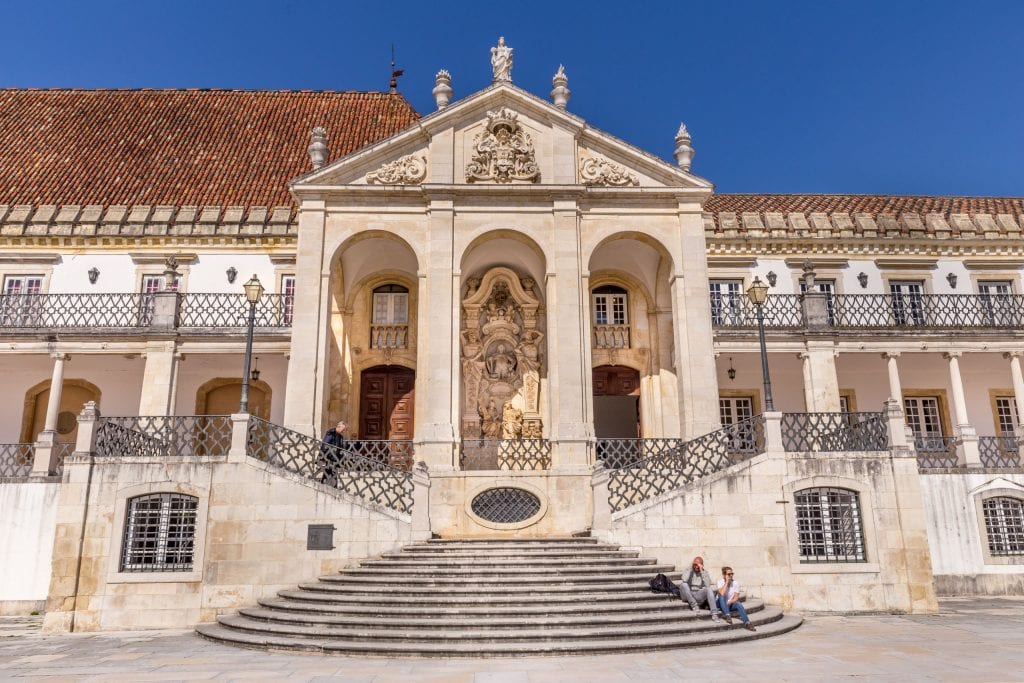
The Joanine Library
The Joanine Library at the Coimbra University was constructed in 1717 and is a fine example of a Baroque style library. It consists of three levels of which the lower two are old prisons which you will also see during the tour. The upper level is the library where three rooms make up the largest part. In each room the walls are fully covered by two stories of books. Thousands! They all date from between the 15th and 19th century including some very rare examples. The reason the books are kept in such a perfect condition is that the wood absorbs humidity. Two meter thick walls keep the heat out but most interesting is the bat colony in the library that eats bugs. The wood is decorated with gold and the ceiling decorated with paintings depicting art and science related topics. I found the Joanine Library the highlight of my visit to Coimbra.
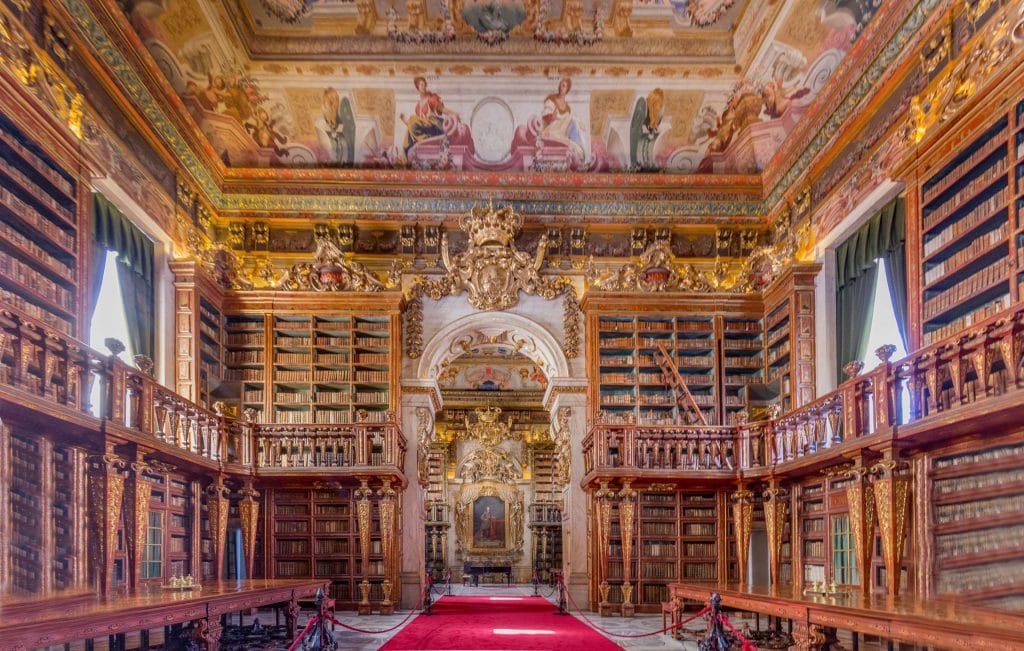
St. Michaels Chapel
Just next to the library is the St. Michaels Chapel which was taken over from the former palace and is now the place for various ceremonies. You see here beautiful tiled decorations on the walls and floors. These tiles were produced in Lisbon in the early 17th century and this isn’t the only place you will see tiles in Coimbra or in Portugal. At the time of my visit something was going on in the chapel but I’m not exactly sure what it was. A guided tour wasn’t possible but it was possible to enter and to make photos as everyone was making pictures at that time. An interesting piece is the 18th century organ with its 2000 pipes which still operate today (see photo in gallery below). From the chapel it’s a few meters walk to the clock tower which can be climbed for a small fee. I skipped this climb and explored a bit the corridors behind it after which I continued to the main examination room which entrance is also included in the ticket.
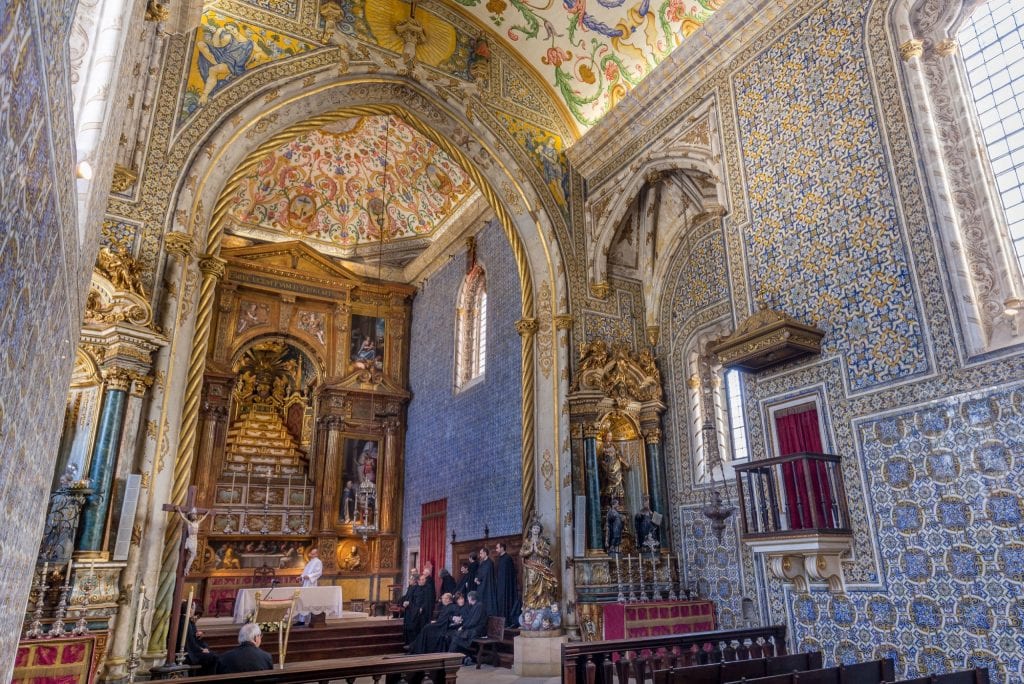
Grand Examination Room
The grand examination room is the old throne room of the palace. Its walls are decorated with carpet style tiles from Lisbon and its ceiling decorated with beautiful paintings. There are a few other rooms open for public. These include the old armory and the king’s bedroom from the time the building was in use as a palace. These three buildings are the main places of interest in the old palace. Now it’s time to explore the remainder of the upper town.
PORTUGAL – Lisbon to Porto: The perfect Portugal itinerary for 7-10 days
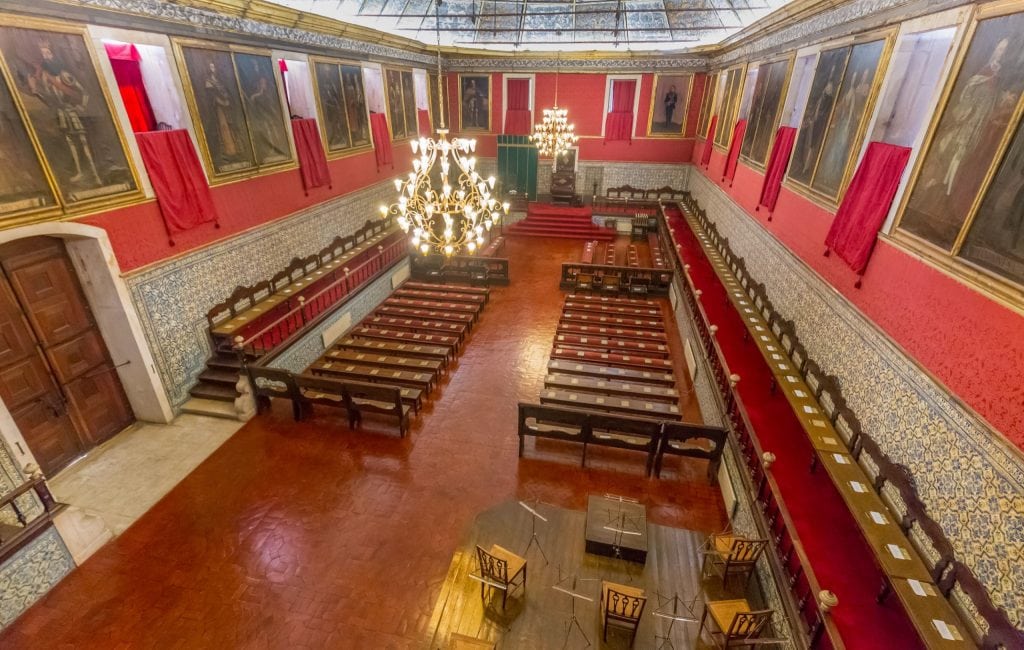
Upper Coimbra
From the palace gate first walk to the new cathedral but make sure to check out the mosaic on the ground in front of the gate. The new cathedral is still old dating back to the mid-17th century. It’s built at the place of the old Jesuit building which you can still see on the left and right side. The new cathedral’s Mannerist façade stands out several meters in front. Compared to the chapel of the palace the church has not much decorations inside except a beautiful wooden altar with gold decorations. On both sides are several small chapels. There is a small entrance fee, which is really small and collected by an old lady. Take small money, she doesn’t have a lot of change. I just donated a bit as I didn’t want her to look for change. After exploring the new cathedral (use also the bathrooms here in case you need too) continue walking through the small alleys down to lower town but first stop at the old cathedral.
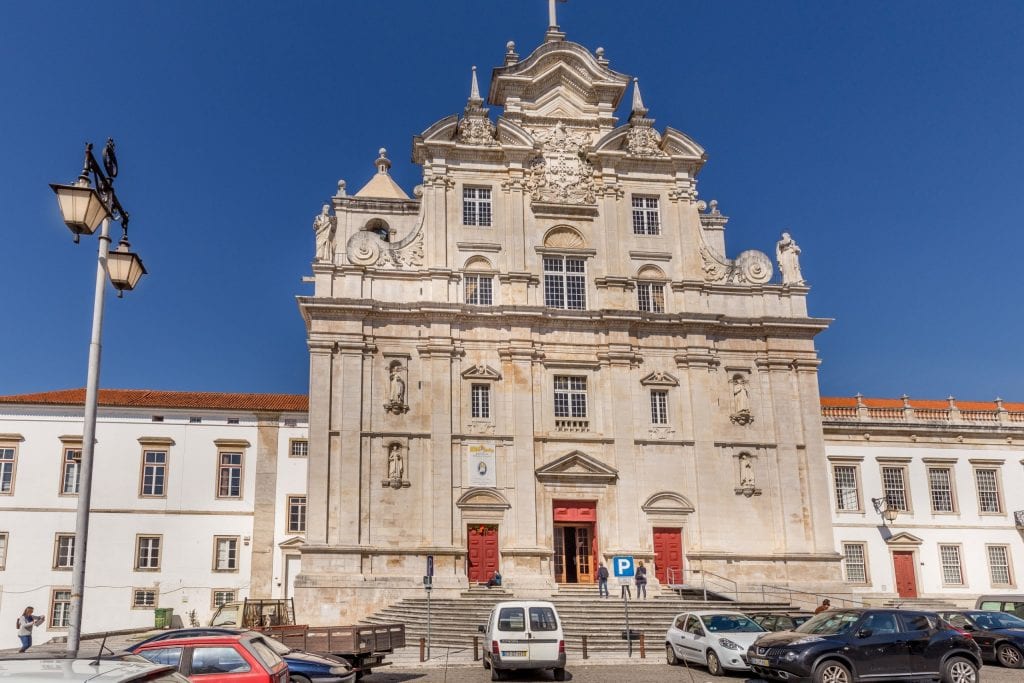
To be honest when I was standing in front of the old cathedral it didn’t appeal to me. It’s said to be the most important remaining Romanesque cathedral of Portugal. Its façade looks like a fort so I was wondering why. After my visit I knew why. Just next to the old cathedral is the cloister. Make sure you buy a combined entrance ticket. You will probably be asked by local students to have a picture taken in traditional dresses of the Coimbra University. The money goes to a good cause so I didn’t hesitate to make a family picture there. Most impressing in the cathedral is the wood carved retable with gold decorations. Walls are, as in many of the other buildings, decorated with tiles. If you include the cloister a visit will take about 30-40 minutes. Now it’s time to walk to the lower part of town. If you want to take lunch that’s also the best place as in upper town I didn’t see that many restaurants that looked good.
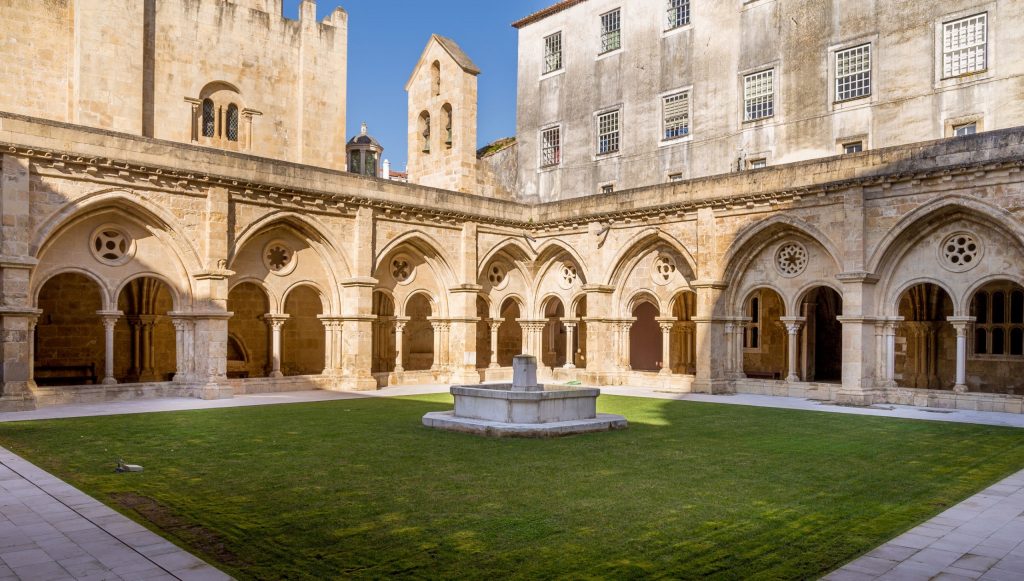
Lower Coimbra
The lower part mainly consists of the buildings around Sofia Street with the Santa Cruz Monastery as its highlight. Construction started in the early 12th century but it’s magnificent façade was only added in the early 16th century. The buildings in Sofia Street are included in the UNESCO World Heritage Site but are mainly modern buildings and not open for public. The monastery is however worth the walk down and up again.
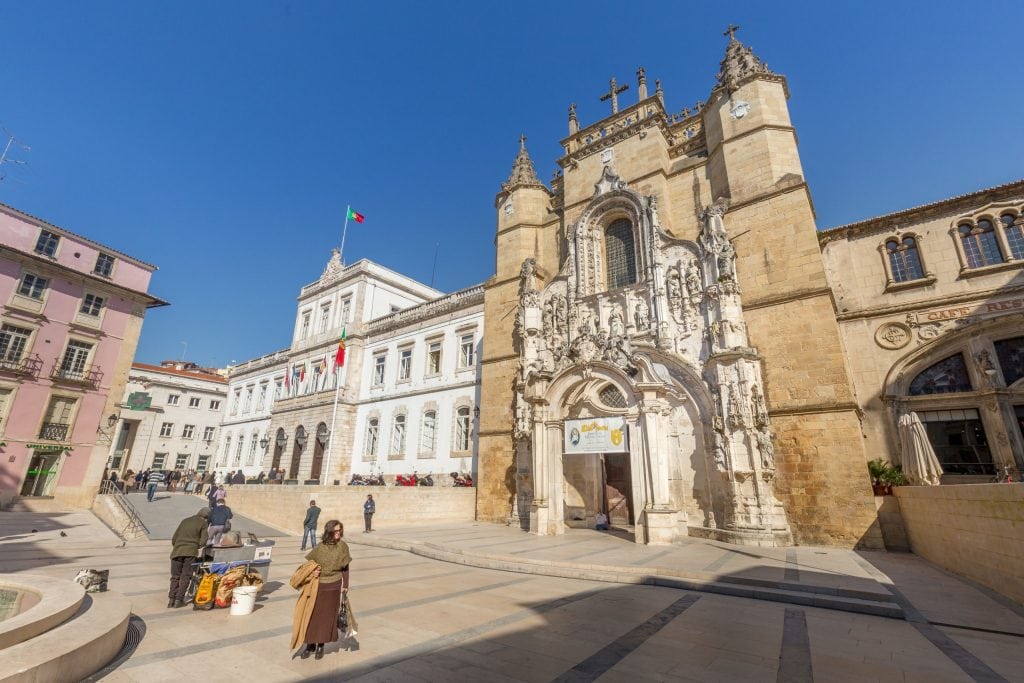
If you enter the church, you will notice again the blue tiles on the walls. Make sure to have a look at the chair on the left side just below the impressive organ. The retable is, also here, a beautiful wood carved piece of art. I thought this was it and after 20 minutes I planned to leave when I saw people coming from a door in the back of the church. Enter here and do enter any door that is open, there is so much more to see. The signs to the entrance are difficult to find but the so-called Silence Monastery is well worth visiting. There are various pieces of sacred art on display in the various rooms. I probably spend another hour admiring all the beauty especially the tiles. Time passed quickly and it was already close to 4PM when I walked back up and to walk down again on the other side to the last place of interest: the botanical gardens.
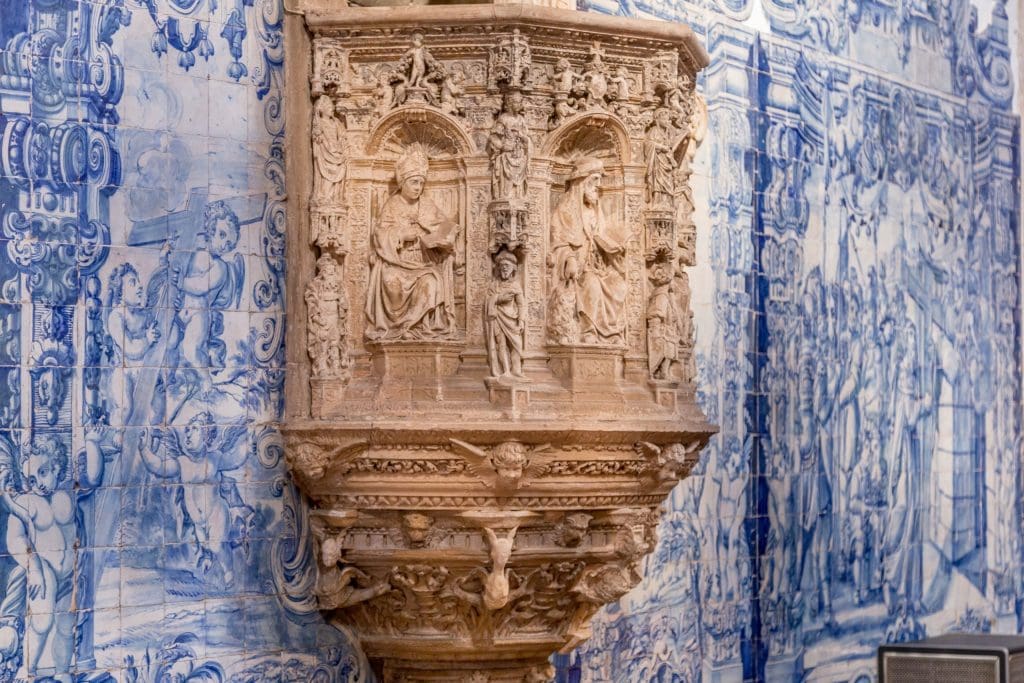
Botanical Gardens
The botanical gardens of the University of Coimbra are part of the UNESCO site. If you follow my stories you probably know I’m a UNESCO freak so I just had to see these gardens. Just 15 minutes, but I had to see them. The gardens are of great value because of the statues, buildings like the green house and even more the diversity of the flora. The gardens were founded in the late 18th century but modernized in the late 19th and mid-20th century. If you stay longer in Coimbra I highly recommend to spend more time in the botanical gardens. They are a great green retreat in the city. I had just 15 minutes left to have a quick look.
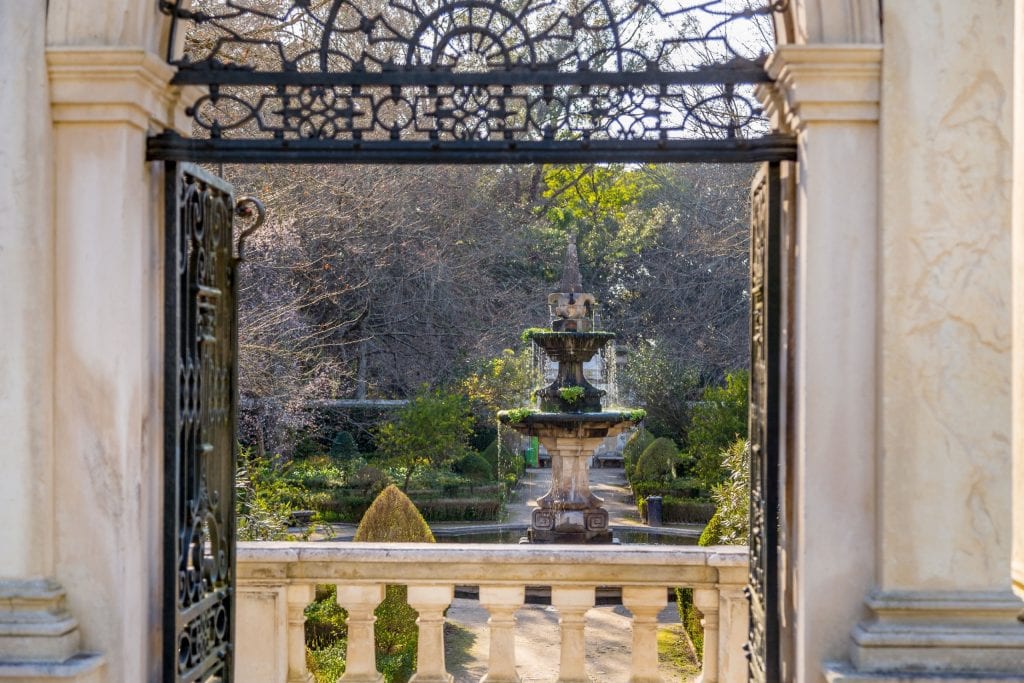
Coimbra had been on my bucket list for a long time, actually Portugal in general. During this road trip itinerary through Portugal it was highlight after highlight, so was Coimbra. Many of the places are unique in its kind which particularly contributed to a great day. I arrived in the morning around 09:00 and departed around 17:00. It’s easy to spend an additional day in Coimbra but this time my main effort was to see the university, a UNESCO World Heritage Site. If you have more time I suggest to go to the Convent of Santa Clara-a-Nova at the other side of the river. This, the Roman towns in the vicinity and an evening full of Fado are a great additional day.
I came from Porto which stories I will share later; I already wrote about my day trip to Guimaraes. The second part of the road trip would be in and around Lisbon. More about Lisbon later and in my Portugal itinerary example. In Lisbon I arrived late evening at the Intercontinental Lisbon Hotel. They have a great restaurant on site so I didn’t have to go into town anymore late evening to look for a restaurant in downtown Lisbon. After some good champagne, oysters and a tasty piece of meat I slept on roses.
Stay tuned for more stories and subscribe to the newsletter or follow CTB on social media (Facebook, Twitter, Instagram including Instagram stories; on all social media you can find CTB @christravelblog) to get updated information.
Did you visit Coimbra too or do you have questions? Please leave a comment at the bottom of the page. Love to hear from you!
Further reading
Sometimes it’s impossible to cover every single place of interest, activities, food, and others that might be relevant. In the below list you find a list of relevant links with further information about Coimbra which I have carefully curated. These will help plan your trip even better.
- Coimbra is a lovely city but there is much more to explore in Portugal. Check out this handy article about the best cities in Portugal to visit. It contains tons of information including what to expect and photos.
Gallery Coimbra
Click an image for a full screen gallery of more photos taken during this trip. If you like to use any photo for commercial, private or editorial use please contact first for permission and/or pricing.



